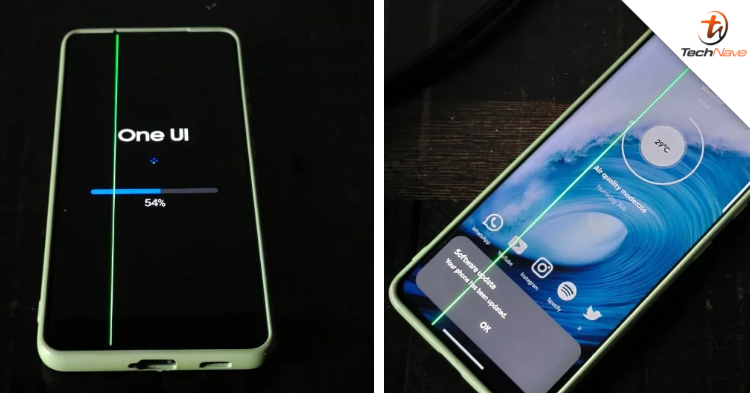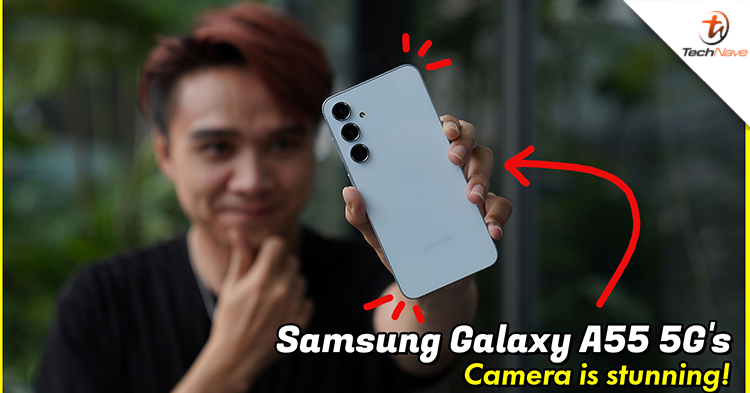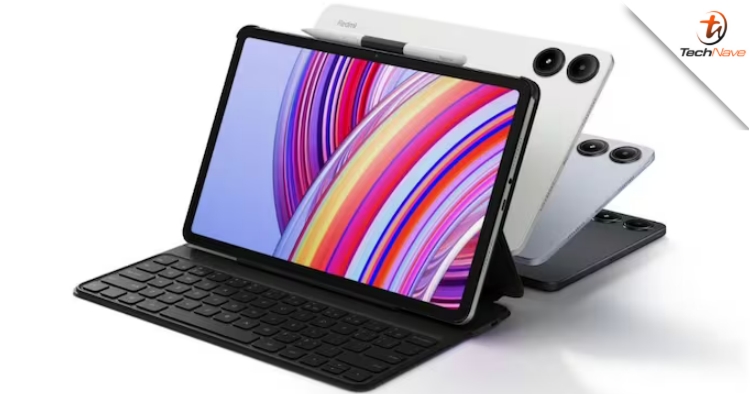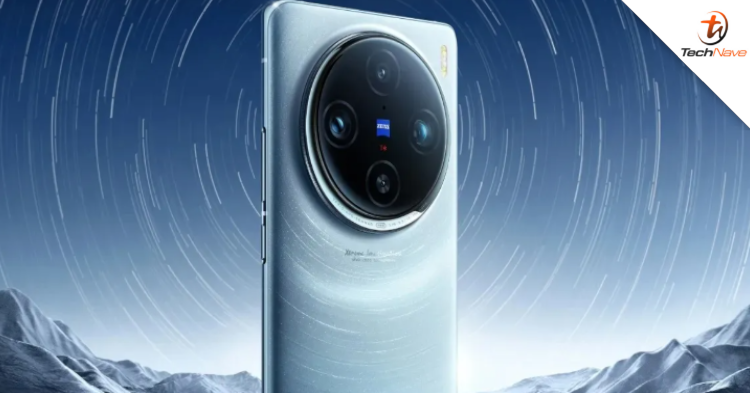Fun fact of the day, many people might not know this but did you know that the word Strix is actually a Greek word for 'Owl'? That really explains the overall design and look for the gaming headset. Aside from that, ASUS Republic of Gamers (ROG) don't fool around either when it comes to gaming equipment. Introducing the ASUS ROG Strix 7.1 Gaming Headset, it provides a 7.1 surround sound and also arrives with an USB audio station in it. But does it offer the “omph” with that? Read below to find out.
Design, Tech Specs and Features - Solid, high quality, and too many features
As mentioned earlier, the gaming headset really looks like an owl headgear (thanks to the outer ear cups design) if you lay it down at a position like the picture below. The materials are tough for plastic, I've tried bending it and it barely even flinched (for research purpose), the ear cups have comfortable cushion padding and also for your head. Overall, the gaming headset is really bulky so it's not really compact. Pro-gamers who travel often might have to sacrifice some space just for it, not to mention, the USB audio station takes up some space too (we will get to that later).
The overall look
The top
The microphone port at the bottom
The ear cups, see the white round circles? Those are speakers of its own so there are a total of 8 speakers, supported by a pair of neodynium-magnet drivers
Here are the tech-specs:
- Connector : USB
- Platform : PC, MAC
- Headphones Driver diameter : Front - 40 mm, Subwoofer - 40 mm, Center - 30 mm, Side - 20 mm, Rear - 20 mm
- Driver material : Neodymium magnet
- Impedance : 32 Ohm ± % @ Hz
- Frequency Response (headphones) : 20 ~ 20000 Hz
- Microphone Pick-up Pattern - Microphone boom: Uni-directional
- Frequency Response - Microphone boom: 50 ~ 16000 Hz
- Sensitivity - Microphone boom: -40 dB
General Info
- Cable - Braided fibre cable (headset cable 1.5M + USB cable 1.5M = 3M (Max.)
- Cable Length - 3 meter
- Weight - 450 g
- Accessories - Detachable microphone, USB cable, Quick start guide, USB audio station
- HDMI-to-3.5mm speaker splitter cable
Note
- Audio station
- ENC performance: >90% environmental noise cancellation
- Power: USB powered
- Features: Headphone amplifier, stereo mode, environmental noise cancellation, game audio spectrum profiles
- Speaker output: speaker jack with HDMI-to-3.5mm speaker splitter cable included
USB Type-Y cables
Cables for home speakers
Now to the features, this is where the USB audio station comes in and shines the most. The purpose of the audio station is to power up the gaming headset and also connecting to the desktop or laptop, that being said, this also means your gaming headset can only get the sounds when connected to the audio station, directly plugging to your desktop or laptop won't work even if there's a HDMI port (trust me, I tried).
The audio station is more than your average volume control center, from the front scrolling controller, switching to 'Spectrum' mode will enable the user to choose four profiles for four different kind of games – Racing, Role Playing Game (RPG), Footsteps, and First Person Shooter (FPS).
Now obviously, each mode gives certain distinctive sound elements. In racing mode; racers will absolutely love the roar of the engines, using RPG in a medieval setting makes you feel like you're watching in a cinema (at least for me), footsteps mode not only enhances the sound of someone creeping behind you but also the little things (ambient sounds, mostly), and lastly, FPS is great for shooting games. I had a great time using all four modes playing different games, it really gave me an immersive mood.
The top view, with four gaming profiles on the left and light adjuster on the right
The front
The headset port on the right side, speaker and PC/laptop port on the left
The bottom with the ENC switch in the middle
As for the rest of the modes aside from 'Spectrum', I find few of them quite redundant and sure, although switching to 'rear' or 'side' and others did make a difference but it's subtle. Maybe I have bad hearing or something, but I find those switches not so useful.
Performance - Super immersive
Did I mention that when in RPG mode, it made me feel like I'm in a cinema? Yeap, you heard me right and it's not a exaggeration either. The musical score, action scenes from Dragon Age: Origins (forgive me, I'm quite a poor gamer lol) gave me a thrill when preparing to face the darkspawn army, same goes to FPS mode on a battlefield exchanging bullets with each other, and racing mode perfectly balances out between the background music and the car engine sounds.
Audio station ready to assist
Balancing between FPS and footsteps mode can be quite tricky because both are needed in the same shooting game, especially when playing a campaign, using the footstep mode makes the dialogues and surround ambient sounds crystal clear, but when it comes to the fun part, you would want to switch to FPS mode as soon as possible because of the explosions, fires and other stuff. So this is quite a problem in switching between the two modes back and forth, on the other hand though, using footstep mode in FPS multiplayer mode like Counter-Strike Global Offense is perfectly fine.
You can also use the different profiles from the audio station to watch movies and listen to music too, this is quite useful because using footstep mode, for example, can make you listen to what the characters are saying more clearer and so on. However, on the downside. Wearing the headset too long will make your ears “gasping for air”, unlike with the Logitech G633 Artemis Spectrum RGB 7.1 Surround Gaming Headset which doesn't really have a problem doing that.
The microphone
Oh, the microphone is pretty good too. Since it's detachable and flexible it gives convenience to the user, there's also an ENC microphone on top of the audio station, and it can detect and minimize the surrounding sound in your room, making sure your microphone is as clear as possible.
Conclusion - High quality product comes with a high price
By now, you should be wondering how much does the gaming headset cost. Well, since this product first debuted two years ago, and checking on the current official price tag, it's now RM847 according to strix.com.my along with a free t-shirt (lol). Expensive? Yes, I agree. But this is the price for a really high quality headset that truly delivers the best immersive sound it can give (in my experience so far). Although, there are two things I don't really like about it. One, you can't wear it for too long because your ears will get heaty, and the second thing is the audio station and cables take up quite the space on the table, unless if you have a lot of space then it's fine.
If you're looking for something more affordable and decent, perhaps you can consider the Logitech G633 headset that we mentioned earlier, the sound quality is not on par with the ASUS ROG Strix headset but it's still not too shabby, so the choice is still yours.
So what do you think of the Strix headset? Do you think there are other better gaming headsets around? Let us know in the comments below, thanks for reading and stay tuned for more reviews at Technave.com!
Unboxing video
Hands-on video
*TechNave.com would like to thank ASUS for providing us with the ASUS ROG Strix 7.1 Gaming Headset for this review. It allowed us to do a more in-depth review and highlight more features.












COMMENTS